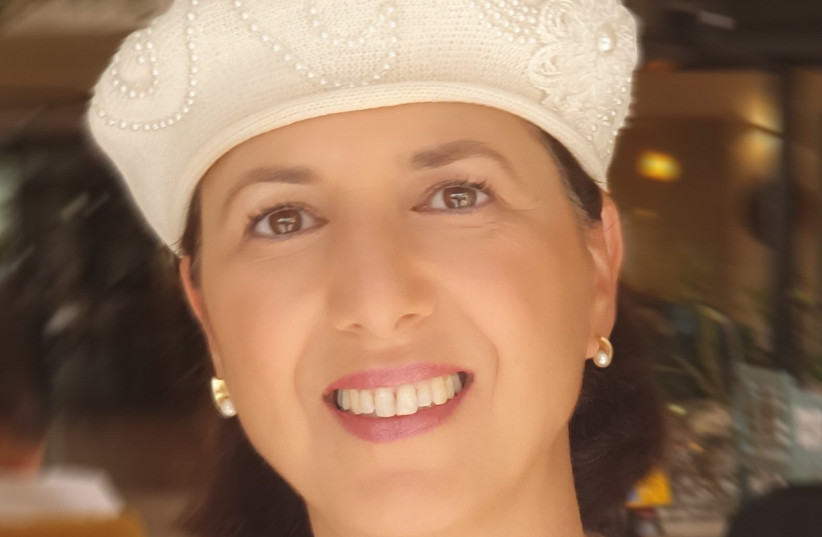Delivering cell-laden and drug-laden biomaterials in a minimally invasive way with high precision is a challenge for many biomedical applications.
However, a solution may be near as a research group, led by the celebrated biomedical and tissue engineer Prof. Shulamith Levenberg of the Technion-Israel Institute of Technology in Haifa, has developed an innovative non-invasive method.
They have just published their findings in the journal Small Methods under the title “Ultrasound-mediated polymerization for cell delivery, drug delivery, and 3D printing.”
Levenberg's team includes postdoctoral fellow Dr. Lior Debbi, who completed his academic degrees at the Technion, and Majd Machour, a doctoral student in the MD/PhD program.
A less-invasive treatment path
Many biomedical applications require precise delivery of biocompatible materials for various purposes, such as localized drug release, tissue grafting, and implantation of engineered cells and tissues for organ regeneration.
At present, highly invasive operations on the patient are the conventional treatment that is accompanied by risks, including failure of wound healing at the surgical site leading to seroma (a buildup of fluids where the tissue has been removed), hematoma (a type of bruise where blood collects under the skin), wound dehiscence (a partial or total separation of wound edges due to a failure of proper wound healing), or hernia.
Other risks in such invasive procedures may include infections, nerve injuries, and peripheral tissue damage at the site of the operation.

In the researchers’ innovative method, cells or drugs are delivered within a biological fluid ink applied to the treated area deep within the body through direct injection or catheterization.
Their concept is based on the ability to transfer energy deep into the body by ultrasound induction in a safe and localized manner. Subsequently, the engineered tissue is printed using sound waves emitted from an external ultrasonic transducer. Thus, engineered tissue can be built deep within the body without exposing the treated site.
The versatility of the new technology, said the researchers, can be used for local cell transplantation, continuous and localized drug delivery over time, and three-dimensional bioprinting.
The mechanical properties of the grafts can be tailored according to the target tissue and the desired drug release rate.
